Vaishnavi Srivastava
If you have scrolled through Tumblr, TikTok or Instagram in the past couple of years, chances are the phrase “Dark Academia” is not foreign to you. However, if you’re someone who stays away from the apps and the ever-emerging trends of the present generation, don’t worry bestie, we’ve got you! (bestie: {adj}, internet slang; a re-emerged term used to refer to a confidant and a loyal friend)
Dark Academia is essentially an internet aesthetic used by individuals to showcase a lifestyle inspired by higher education in fields of literature, history, philosophy and the arts in a broader sense. It is frequently described as a new subculture for the youth inspired by romanticism and the standards of living of art students from ivy league universities. Here are 11 major things you need to know about the aesthetic to keep yourself updated:

-
Origin
The Term “Academia” in itself suggests a collective that pertains to forms of learning and education. The recent wave of the aesthetic was majorly an effect of the global pandemic which urged students to forcefully confine themselves in a room in order to attend online classes. Since, Dark Academia as a whole revolves around literary enthusiasts confining themselves in a room day and night, submerged in books and research, the aesthetic spoke to the generation of teenagers who lost their youth to the pandemic.
-
Inspirations
The primary origins of the aesthetic emerged on Tumblr (who is shocked? No one), which was primarily instigated by a book titled, The Secret History (1992) by Donna Tartt which featured a group of students of an elite university who participate in intellectual literary discourses and discussions. Other primary inspirations of the aesthetic turned subculture are major literary eras, chiefly the Romantic Age (more on this later). Apart from this, movies such as Kill Your Darlings, The Dead Poets Society and The Picture of Dorian Gray (and Harry Potter even) had a major effect on the trend. It also has its roots in Greek and Roman literature and vintage architecture which explains the obsession with ivy league buildings.
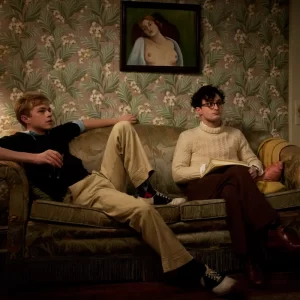
Courtesy: Vulture
-
Fashion element
The Aesthetic focuses very keenly on the fashion choices of the individuals following the “lifestyle”. They include a colour palette of dark browns, blacks and forest greens paired with whites and cream. Moreover, there is an emphasis on tweed trousers, long coats, shirts and who can forget the drug to the dark academians a.k.a. the Doc Martens. The fashion also promotes androgynous fashion statements pertaining only to women.
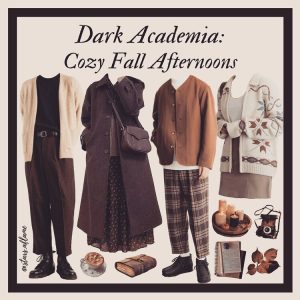
Courtesy: Madame Blue
-
Social Media
The trend, as mentioned previously, has been popularized heavily due to the emergence of Tik Toks and Instagram Reels which give individuals an insight into the lifestyle and “POV” of the Dark Academians. However, the gaining popularity has failed to garner any depth to the so-called aesthetic as the multitude follow the bandwagon without investing themselves into the core of the lifestyle i.e. the academia.
-
Mass media
The Trend has recently seen a newfound emergence in mass media. Series like Freud, or The Queen’s Gambit are popular examples of the theme being on display in multimedia spaces. Moreover, the trend also has its roots in pop music videos following the fashion statement and who can forget the Wattpad fanfictions and ASMRs.

Courtesy: Buzzfeed
-
Elitist Roots
Tempting as the aesthetic is displayed to be, little do people think of the elitist roots of the dark academian subculture. The aesthetic is initially derived from the wealthy elites who study and graduate from prestigious Ivy leagues like Durham or Cambridge and identify themselves as the intellectual crowd of sorts. The fashion styles of the aesthetic as well are inspired by rich European elites with a focus on tweeds and preppy skirts.
-
Racially Biased
With Elitism also comes Racism. Dark Academia is widely known as being extremely Eurocentric. Even the literature consumed by the followers of the lifestyle is white authors from white countries. It alienates the perspective of people of colour with the lack of inclusion and the prevalence of elitism which inevitably perpetuates white supremacy.
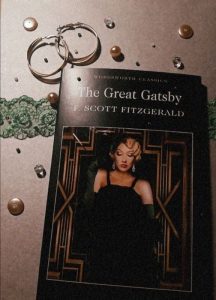
Courtesy: Pinterest
-
Romanticism
As mentioned before, Dark academia takes its roots in artistic eras, primarily the Romantic Age. The characteristics of the Romantic age- that followed the Age of Reason- focused on nature, love, imagination and beauty. The major poets of this era were Wordsworth, Keats, The Shelleys and many more who inspire the sincere followers of this aesthetic.
-
Glorifying Burnout
The inspiration from Romanticism has also urged the modern-day youth to glorify academic burnout. The aesthetic bases itself on confinement to a room, pulling all-nighters while staying alive on cigarettes and coffee. All of which are signs of emerging mental illness. The era of social media and online existence has no doubt alienated the youth from the realities of life.
-
Multicultural emergence
Although, the foundations of the aesthetics are majorly Eurocentric, however, the popularization of the subculture has also instigated the emergence of multicultural and multinational dark academians with their own literature. Indian dark academia, for instance, focuses on traditional arts, and regional authors with the like of Faiz Ahmed Faiz, Ruskin Bond and many more.
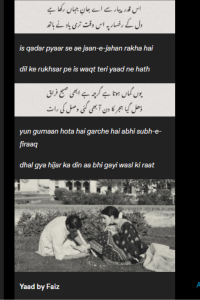
-
Location
The aesthetic finds its locations in cafes, museums, and art galleries turned into office spaces and study rooms. Moreover, the prestigious universities namely Cambridge, Yale, Durham, Oxford and other U.S. or U.K.-based Ivy Leagues are the foundational roots of the subculture.

Finally, Dark Academia as an aesthetic and subculture has gained quite a lot of popularity despite its Eurocentric and elitist roots. With the emergence of the multicultural perspective, we can only hope for a more diverse and inclusive version of the aesthetic that will not die out anytime soon.
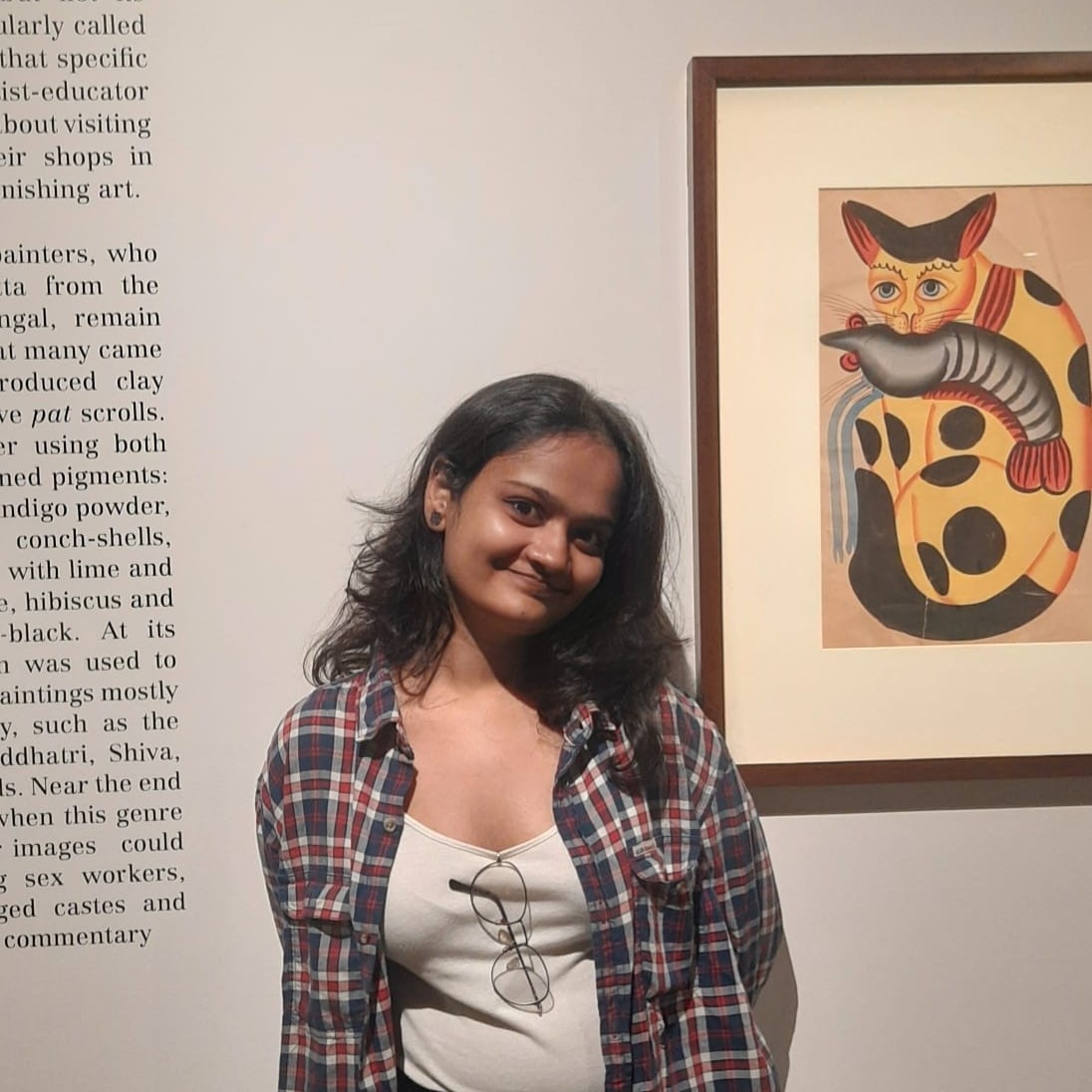
Vaishnavi Srivastava is a learning writer, a keen researcher and a literature enthusiast. She is a Sub-editor at Abir Pothi.





